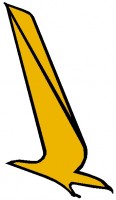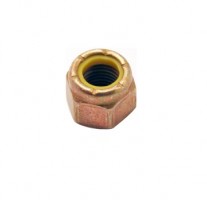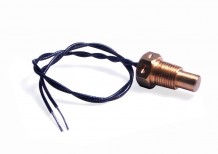1-877-795-2278 | info@aircraftspruce.ca
Aircraft Spruce Canada
Brantford, ON Canada
Corona, CA | Peachtree City, GA
Chicago, IL | Wasilla, AK
Aircraft Spruce Canada
Brantford, ON Canada
Corona, CA | Peachtree City, GA
Chicago, IL | Wasilla, AK
SAME DAY SHIPPING ON ORDERS PLACED BY 2 PM | 877-795-2278
Artex ELT Nav Interface With 24 Bit
$8264.00/Each
Part# 11-05270
MFR Model# 455-6500
MFR Model# 455-6500
- JUMP TO
- Overview
- Specifications
- Accessories
- Reviews
- Q&A
Overview
|
The Artex "ELT to NAV Interface" is designed to be connected between the aircraft's Flight Management Computer (FMC) or GPS receiver and the Artex 406 MHz series of ELT's. Its function is to receive continuous position updates from the aircraft's navigation system and translate it to the proper format for use by the ELT. Upon activation, the ELT transmits digitally the Latitude and Longitude of the aircraft to the COSPAS/SARSAT satellite system. Knowledge of the position information allows SAR forces to launch an immediate mission to the last known position of the aircraft. Click here to download the specification in PDF |
Specifications
- UNIT WEIGHT: 2.7lbs (1.2 kg)
- UNIT SIZE: 9.25"x5"x1.95"
- VIBRATION: 10 G (5 Hz to 2000 Hz)
- SHOCK TEST: 500 G @ 4 Milliseconds
- CRASH WORTHINESS: 100 G @ 23 Milliseconds
- ALTITUDE: 50,000 feet
- HUMIDITY: 95% for 48 hours
- IMPACT: 220 PSI (25 kg from 6 inches)
- CRUSH: 1000 lbs.
- AUTO REPROGRAMMING: 24 Bit Aircraft Address (Mode S number)
- ARINC 429 INTERFACE": ARINC 429 All
- RS-232 INTERFACE: 9600 Baud, Parity: None, Data Bits: 8, Stop Bits: 1, STX and ETX required, “A” identifier for lat, “B” identifier for long.
- NAV SYSTEMS: GPS-Loran-Inertial: NAV-FMC
- OPERATING TEMPERATURE: -20°C to +55°C
- VOLTAGE REQUIREMENTS: +28VDC ±5VDC
- CURRENT DRAW: 300 mA Max.
Q&A
Please note, Aircraft Spruce Canada's personnel are not certified aircraft mechanics and can only provide general support and ideas, which should not be relied upon or implemented in lieu of consulting an A&P or other qualified technician. Aircraft Spruce Canada assumes no responsibility or liability for any issue or problem which may arise from any repair, modification or other work done from this knowledge base. Any product eligibility information provided here is based on general application guides and we recommend always referring to your specific aircraft parts manual, the parts manufacturer or consulting with a qualified mechanic.

 Aircraft Spruce Canada
Aircraft Spruce Canada























